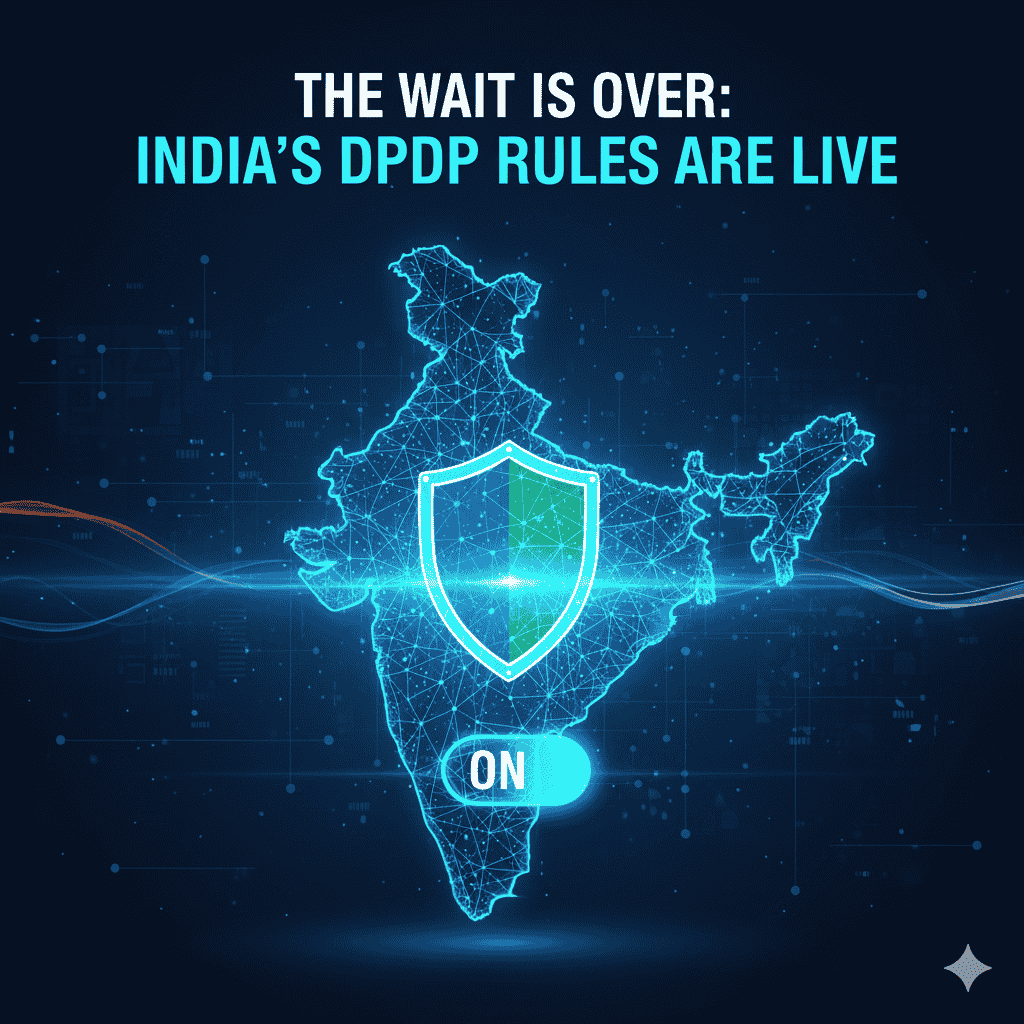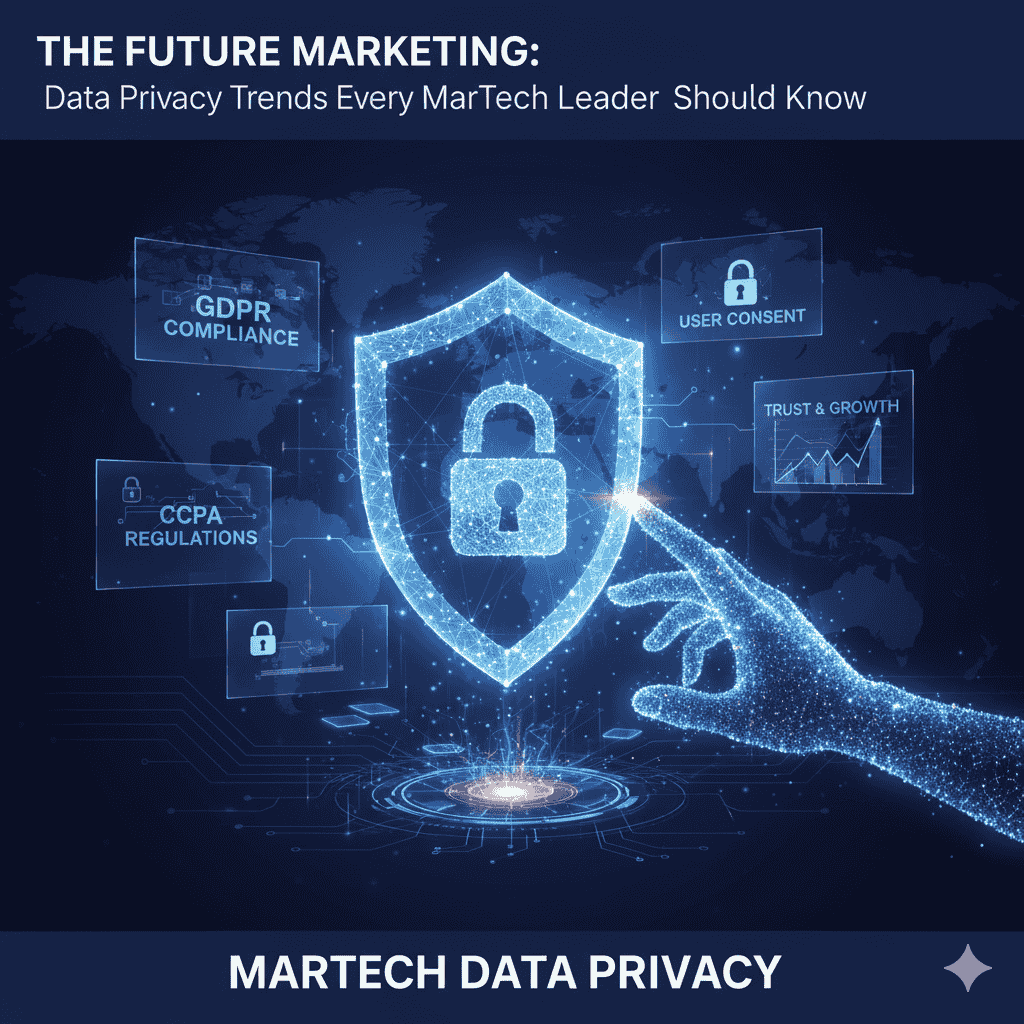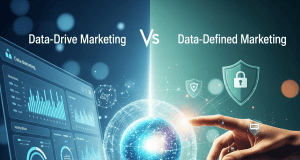The General Data Protection Regulation (GDPR) has redefined how businesses approach data privacy and protection, especially in the realm of digital marketing. Enforced since May 2018, this legislation empowers individuals with greater control over their personal data, enforcing stricter guidelines on how organizations collect, store, and process such information. For modern marketers, adhering to GDPR isn’t just a legal obligation; it’s an opportunity to build trust and establish a transparent relationship with customers. Here’s how to navigate GDPR compliance effectively.
Understanding GDPR Fundamentals
Before diving into strategies, it’s crucial to grasp the core principles of GDPR:
- Consent: Organizations must obtain clear, affirmative consent from individuals before processing their personal data.
- Data Minimization: Only collect data that is necessary for the purposes identified.
- Transparency: Individuals must be informed about how their data will be used, including any third parties involved.
- Security: Businesses must implement appropriate measures to protect personal data against breaches.
- Right to Access and Erasure: Individuals can request access to their data and ask for it to be deleted.
Essential Compliance Strategies
1. Review and Revise Data Collection Practices
Evaluate current data collection methods. Ensure that they are aligned with the principles of GDPR:
- Use clear and concise language when requesting consent.
- Consider implementing a double opt-in process to confirm user consent.
- Avoid pre-ticked boxes; users must provide an explicit indication of consent.
2. Enhance Privacy Policies
Your privacy policy is your business’s commitment to data protection. It should clearly outline:
- The types of data collected and the purpose of collection.
- How long the data will be stored.
- Users’ rights regarding their data.
Ensure your policy is easily accessible, concise, and comprehensible to the average user.
3. Implement Data Protection by Design and Default
Embed data protection principles into your project management and business processes from the outset. This means:
- Regularly conducting data protection impact assessments (DPIAs) for new projects.
- Ensuring that only necessary data is processed by default, minimizing exposure.
4. Train Your Team
GDPR compliance is not solely the responsibility of the compliance department. Regular training for all employees on data protection can:
- Help them understand individual responsibilities.
- Promote a company-wide culture of data privacy.
Consider developing easy-to-understand materials or sessions to reinforce the importance of GDPR compliance.
5. Utilize Data Management Tools
Adopt robust data management solutions that aid in:
- Tracking consent and managing user preferences effectively.
- Storing customer data securely.
- Automating processes for data access requests and deletions.
6. Establish Clear Data Retention Policies
Create a clear framework for data retention and deletion:
- Define how long different types of data will be stored based on necessity and legal requirements.
- Regularly audit data to ensure compliance with your policies and eliminate unnecessary information.
7. Engage with Third-Party Vendors Carefully
Third-party partnerships can pose compliance risks. Ensure that:
- All vendors adhere to GDPR guidelines.
- You have data processing agreements (DPAs) in place that outline responsibilities concerning data handling.
8. Prep for Data Subject Requests
Individuals have the right to request access to their data, rectification of inaccurate data, or erasure. Prepare to handle these requests efficiently:
- Designate a team or individual responsible for managing these requests.
- Implement user-friendly processes to facilitate requests promptly and effectively.
Building Trust Through Compliance
In a landscape where consumers are increasingly concerned about their privacy, adopting GDPR compliance not only safeguards your business from fines but also enhances your brand’s reputation. Transparency and respect for user data can differentiate your organization in a crowded marketplace.
Conclusion
Navigating GDPR is an ongoing process. As the digital landscape evolves, so too do data privacy regulations and consumer expectations. By adopting these strategies, modern marketers can create a compliant framework that respects consumer rights while driving business growth. Embracing GDPR not only demonstrates compliance but also signifies a commitment to ethical marketing practices.








